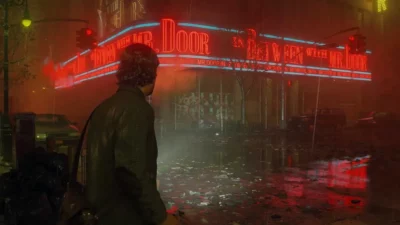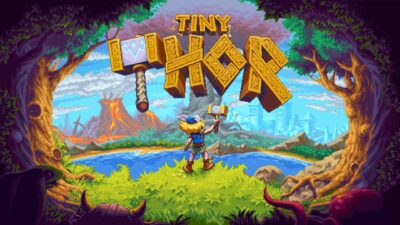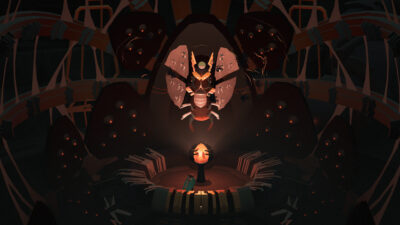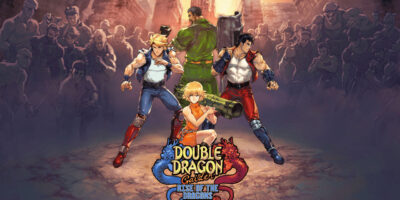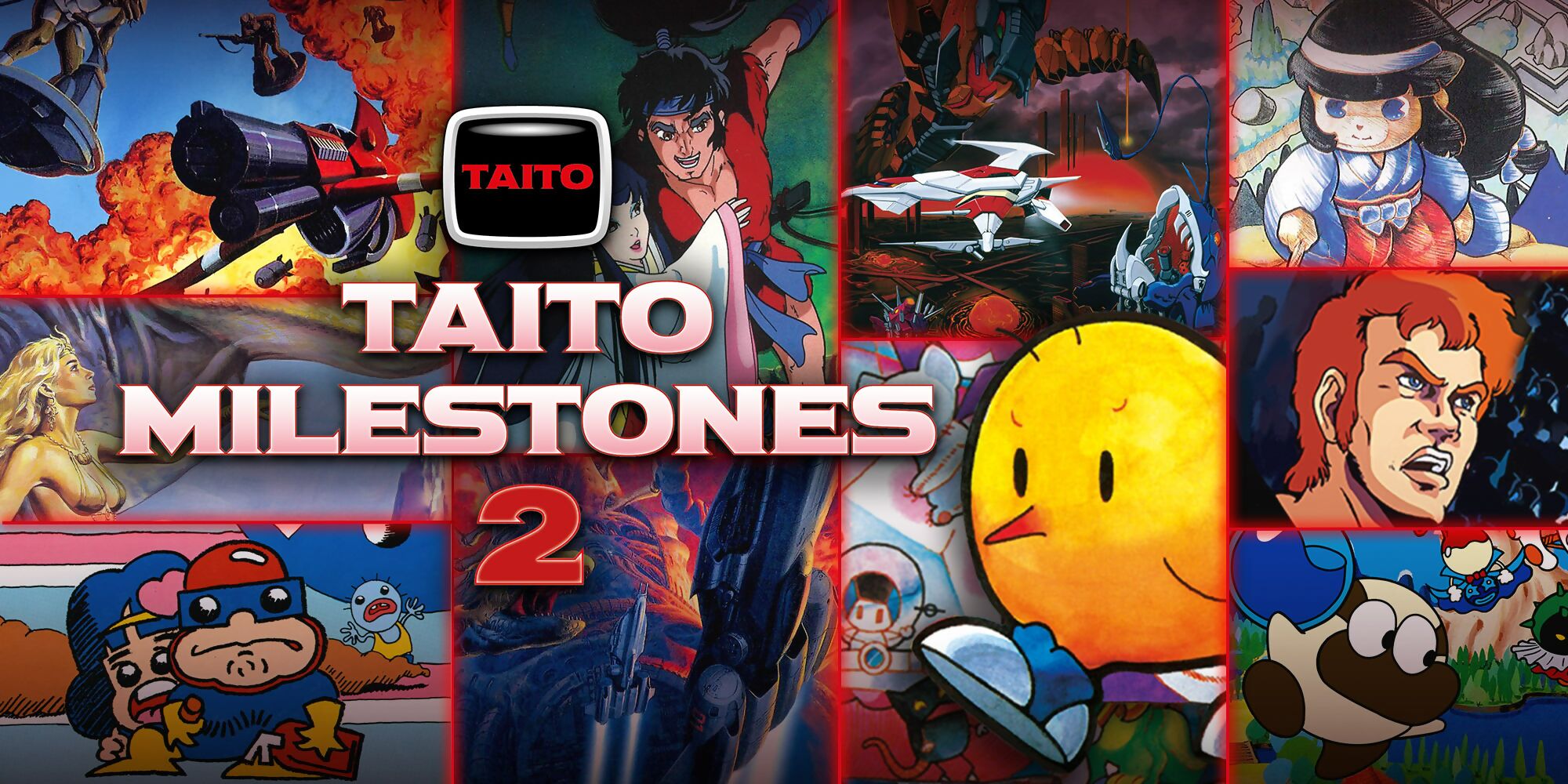
The NewZealand Story and Metal Black are among the highlights in Taito Milestones 2, an eclectic collection of arcade titles from yesteryear. Our review:
Having transformed video gaming with 1978’s Space Invaders, Japanese firm Taito continued to produce innovative, sometimes brilliant arcade experiences throughout the 1980s and 90s. Published by ININ Games, the Taito Milestones compilations gather together a mixture of familiar hits and obscure oddments. The second, most recent volume continues that mish-mash – and while it’d be hard to call many of them actual milestones, it at least demonstrates how varied Taito’s output was in its heyday.
For the sake of brevity, here’s a full list of the 10 games on the compilation, which I’ve arranged in descending order of brilliance:
- The NewZealand Story (1988)
- Metal Black (1991)
- Liquid Kids (Mizubaku Adventure) (1990)
- Darius II (1989)
- Kiki Kaikai (1986)
- Gun Frontier (1990)
- The Legend of Kage (1985)
- Ben Bero Beh (1984)
- Solitary Fighter (1991)
- Dinorex (1992)
For this writer, then, the true out-and-out classic is arguably The NewZealand Story, a free-scrolling run-and-gun that plays like the cutest take on Contra you’ll ever find. Diminutive avian hero Tiki the Kiwi starts off with a bow and arrow, but can pick up everything from bombs to lasers on his quest to rescue his feathered friends from an evil leopard seal; the game’s true highlight, though, are the various flying machines – inflatable swans, flying saucers, hot air balloons – you can steal from murdered enemies. Were the creators of Grand Theft Auto closet NewZealand Story fans? The clues are there.
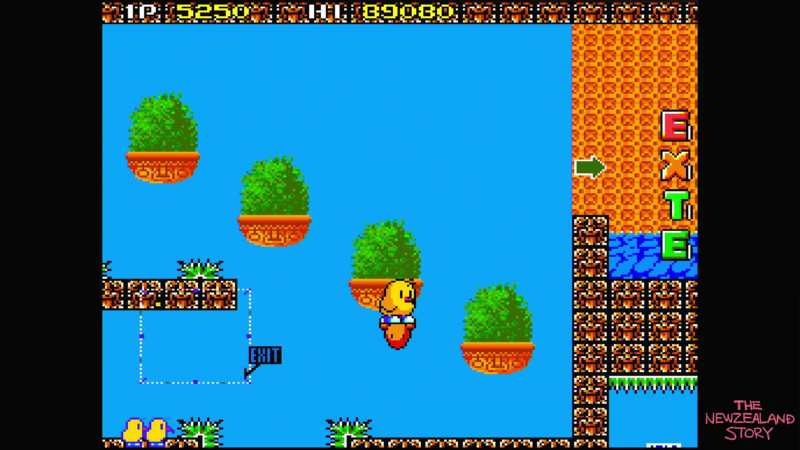
Animal slaughter and vehicle theft in The NewZealand Story. Credit: Taito/ININ Games.
Evidently running on the same hardware as The NewZealand Story is Liquid Kids – a similarly delightful, whimsical platformer that was never as widely ported as its earlier stablemate. If you like the idea of playing a cartoon hippo who slaughters his foes by chucking water bombs at them, you’ll probably enjoy this jolly outing.
Among the four shoot-’em-ups included in this second volume, Metal Black is the most compelling; a side-scrolling blaster with an unusual power-up system, it’s enlivened by some cool graphical effects and set-pieces, such as a gigantic hermit crab wearing the remains of an aircraft carrier on its back.
Metal Black began life as a Darius sequel – explaining that sea creature on level one – which just goes to show how quickly technology moved on between the late 1980s and the early 1990s; by comparison, Darius II, also on the compilation, feels positively austere. It’s still an engaging little blaster, though, particularly because the version here is the original coin-op version, which spread its action out across three parallel screens. The width of the play area makes it a chore to play on the Switch’s handheld mode, but run it on a big television screen – and rope in a second player – and you’ll find a likeably brisk shooter with a quite staggering wealth of levels to choose from.
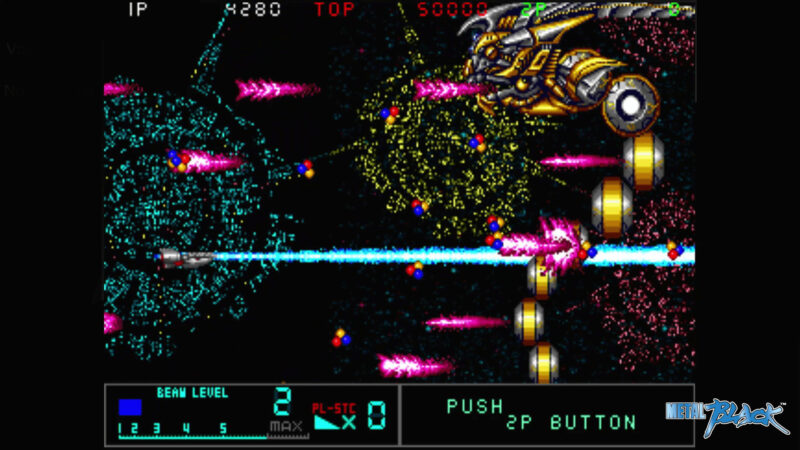
For this writer, the best shooter on the collection: 1991’s Metal Black. Credit: Taito/ININ Games.
There’s a similar technical contrast between Kiki Kaikai – a top-down run-and-gun that provided the basis for the later, better-known Super Kiki Kakai (or Pocky & Rocky) on the SNES – and the 1990 shoot-’em-up, Gun Frontier. The former is a likeably cute – and deceptively tough – spin on other games of its era like Capcom’s Commando and SNK’s Ikari Warriors. The latter is a relentlessly aggressive military shooter that features dozens of enemies and bullets flying around at any given moment; stylistically, it feels like a waypoint between the late 1980s blasters of Toaplan and the bullet hell opuses put out by the likes of Cave and Psikyo later the following decade. Neither are absolute classics, but both are well worth playing if you’re a genre fan.
Even more obscure are The Legend of Kage, a ninja-themed action game that feels like the half-forgotten ancestor of Ninja Gaiden (it was ported to home computers later in the 1980s, but is seldom talked about these days) and fixed-screen platformer, Ben Bero Beh. The latter is arguably the weirdest game in the whole collection; once a Japanese arcade exclusive, it’s about a superhero fireman named Dami-chan, whose job is to extinguish flames and rescue his girlfriend. It’s an odd mix of everything from Donkey Kong to Mappy to Taito’s own Elevator Action, but it’s also full of frustrations you won’t find in those games. Fires appear randomly, Dami-chan moves incredibly slowly, especially on stairs, and sudden, unavoidable deaths are common. It’s an interesting title from a historical standpoint, but not one you’re likely to return to particularly often.
Ben Bero Beh is an absolute masterpiece, though, when compared to the one-on-one brawlers Solitary Fighter and Dinorex. Just as Ben Beroh Beh plays like a cagey attempt to emulate the success of rival games, Solitary Fighter feels like Taito’s answer to Pit Fighter (albeit without that game’s horrendous digitised graphics), while Dinorex (which does have digitised graphics) feels like a misguided take on SNK’s King of the Monsters. In other words, they’re clones of games that, with their minimal movesets and clunky controls, weren’t particularly worth cloning in the first instance.
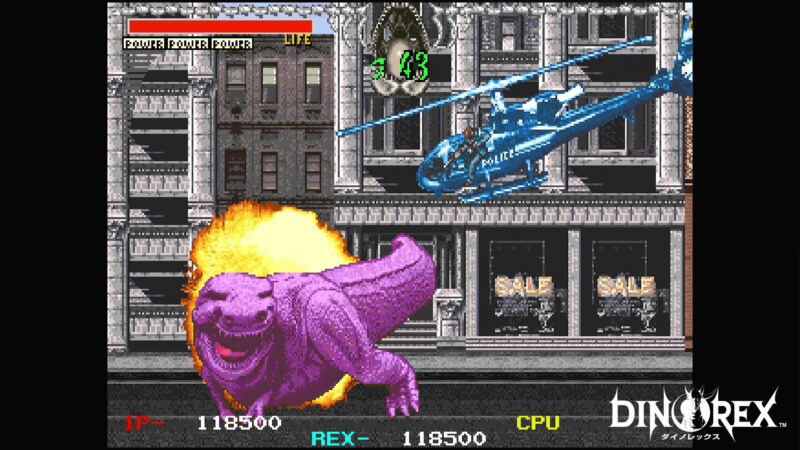
Dinorex. No. Just no. Credit: Taito/ININ Games.
Taito Milestones 2 is, therefore, quite a mix – both in terms of genres, eras and quality. There’s no faulting the emulation, which feels pretty much flawless whichever game you’re playing, though you’ll find none of the bells and whistles a developer like M2 puts into its ports of old games. There are the usual graphics, sound and difficulty options you’d expect, online highscore tables, and the ability to save your current position in the game (sadly, there aren’t actual save slots you can choose from later).
The more nagging question is: why did Taito choose these particular titles in the first place? Like Milestones volume one, the games collected here don’t represent the pinnacle of Taito’s golden age. Nor is it the latest volume in an exhaustive, chronological survey of the company’s output from the 1970s onwards. Instead, it’s something of a grab-bag, with a much-loved gem (The NewZealand Story) nuzzling up against great titles that deserve more love (Metal Black, Liquid Kids) and rounded out by oddities that are probably best avoided.
Still, Taito Milestones 2’s lineup represents a more convincing attempt at curation than its predecessor (that release’s Alpine Ski, Wild Western, Front Line and Space Seeker were hardly hidden gems), and there’s plenty of retro enjoyment to be found among this latest, eclectic mix.
Highlight
Shooting a cat and then stealing their hot air balloon in The NewZealand Story. Jumping in water, causing Tiki the Kiwi to don an adorable pair of goggles and snorkel, in The NewZealand Story. Murdering scores of enemies with a bouncing fireball in The NewZealand Story. You get the gist.
Verdict: 74%
A somewhat random yet welcome mix of arcade titles from Taito’s heyday, with its strongest games just about outweighing the bad.


